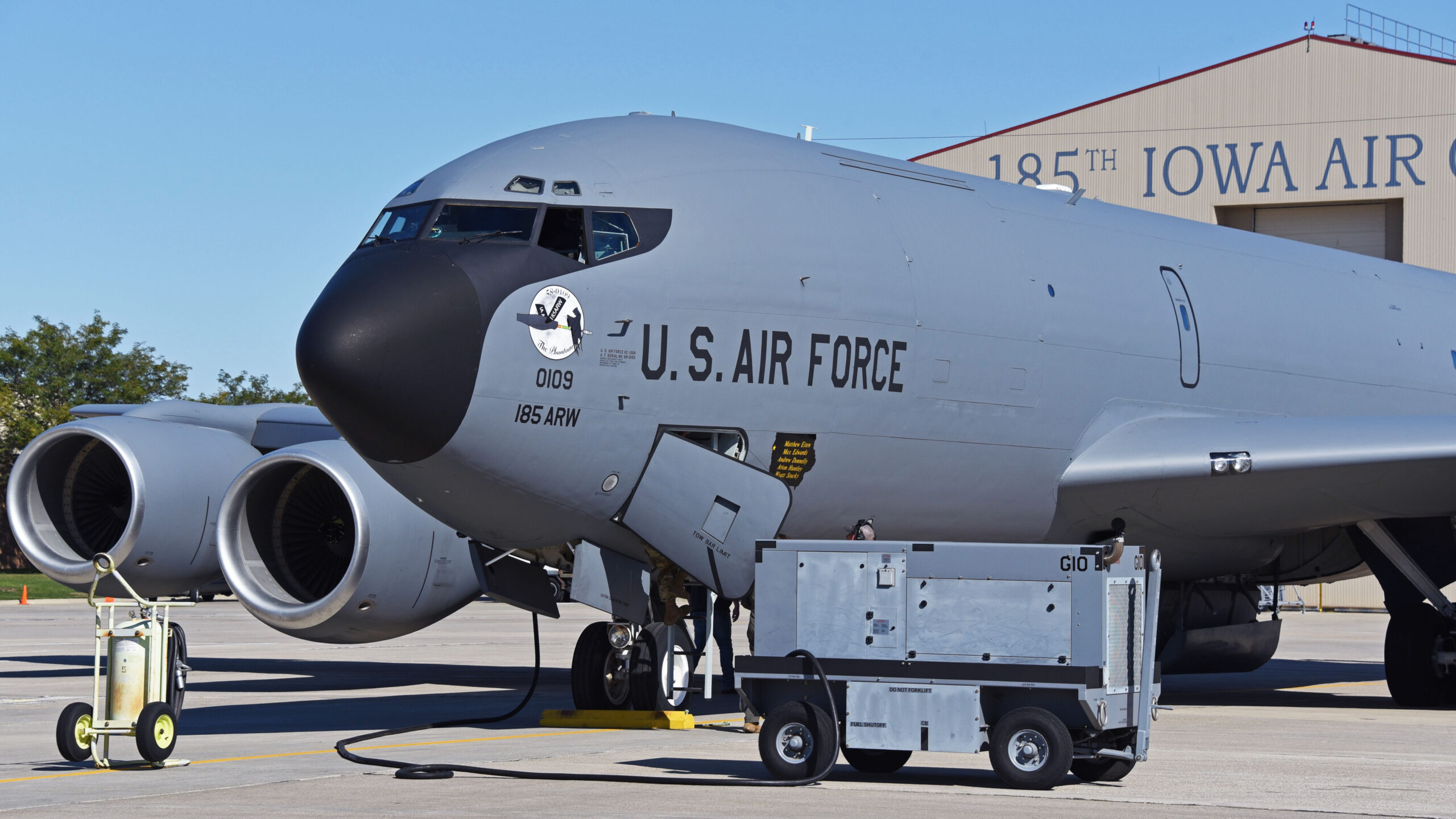It’s the time of the year when specters, ghouls, and all manner of other unearthly visions take to the streets — and to the skies. In the spirit of Halloween, The War Zone recalls a ghost story with a difference; one that tells the tale of a real-world U.S. Air Force KC-135R Stratotanker, aptly named “The Phantom.”
A quick look at the KC-135R in question, tail number 58-0109, reveals some pretty striking — and sinister — nose art. This displays a black-cloaked Death-like phantom, bony finger outstretched, riding upon a refueling boom, against the light of the moon.
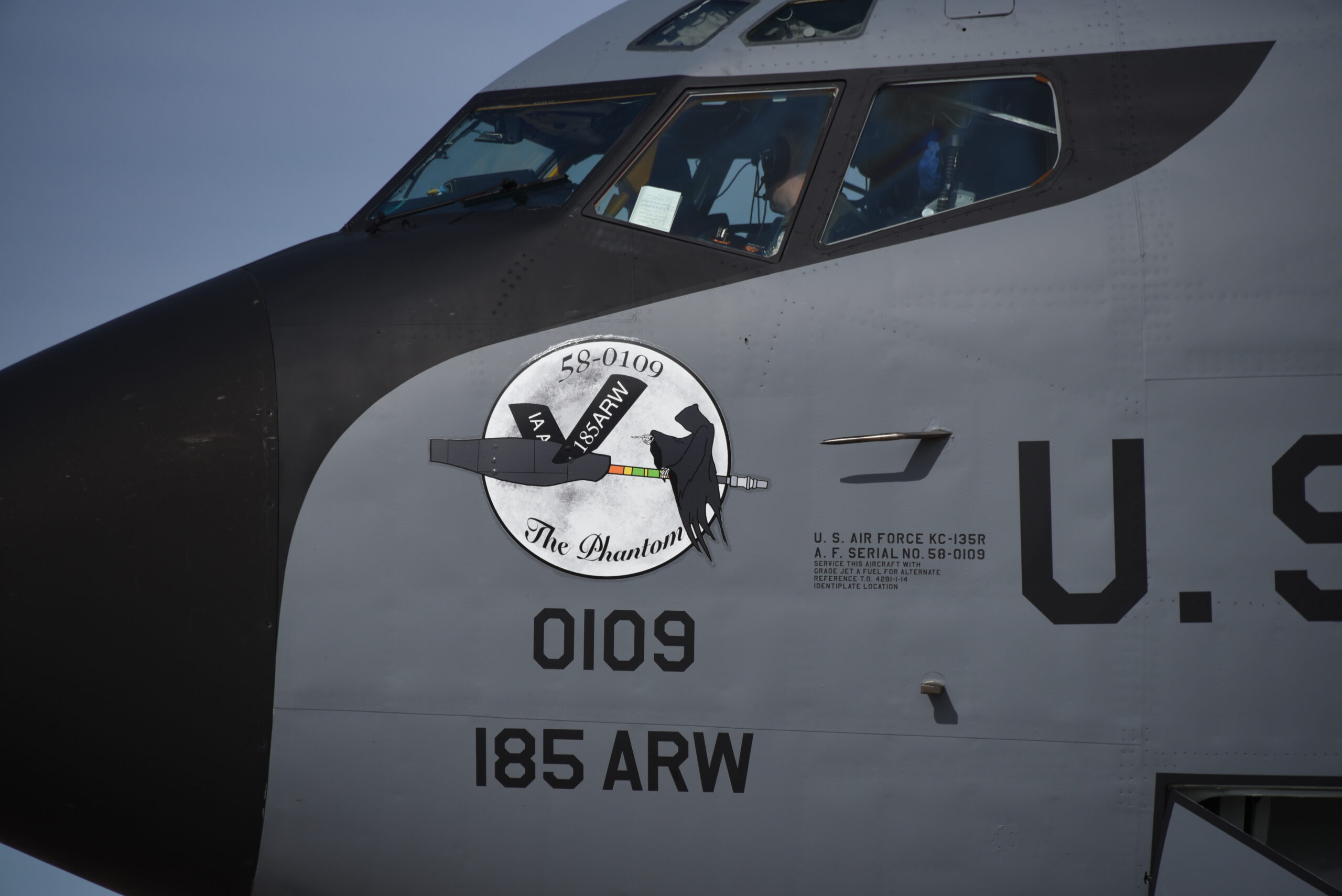
Whether lifted from folklore, comic books, or horror movies, creepy-looking figures are a regular feature of nose art — at least when and where it’s permitted. But The Phantom didn’t just receive this artwork by chance.
Tail number 58-0109 didn’t always carry this name, as the 185th Air Refueling Wing of the Iowa Air Guard explained in its history of the spooky jet. When the Stratotanker joined that unit, based at Sioux City, back in 2011, it was known to maintainers as “109,” or one-o-nine, based on its tail number.
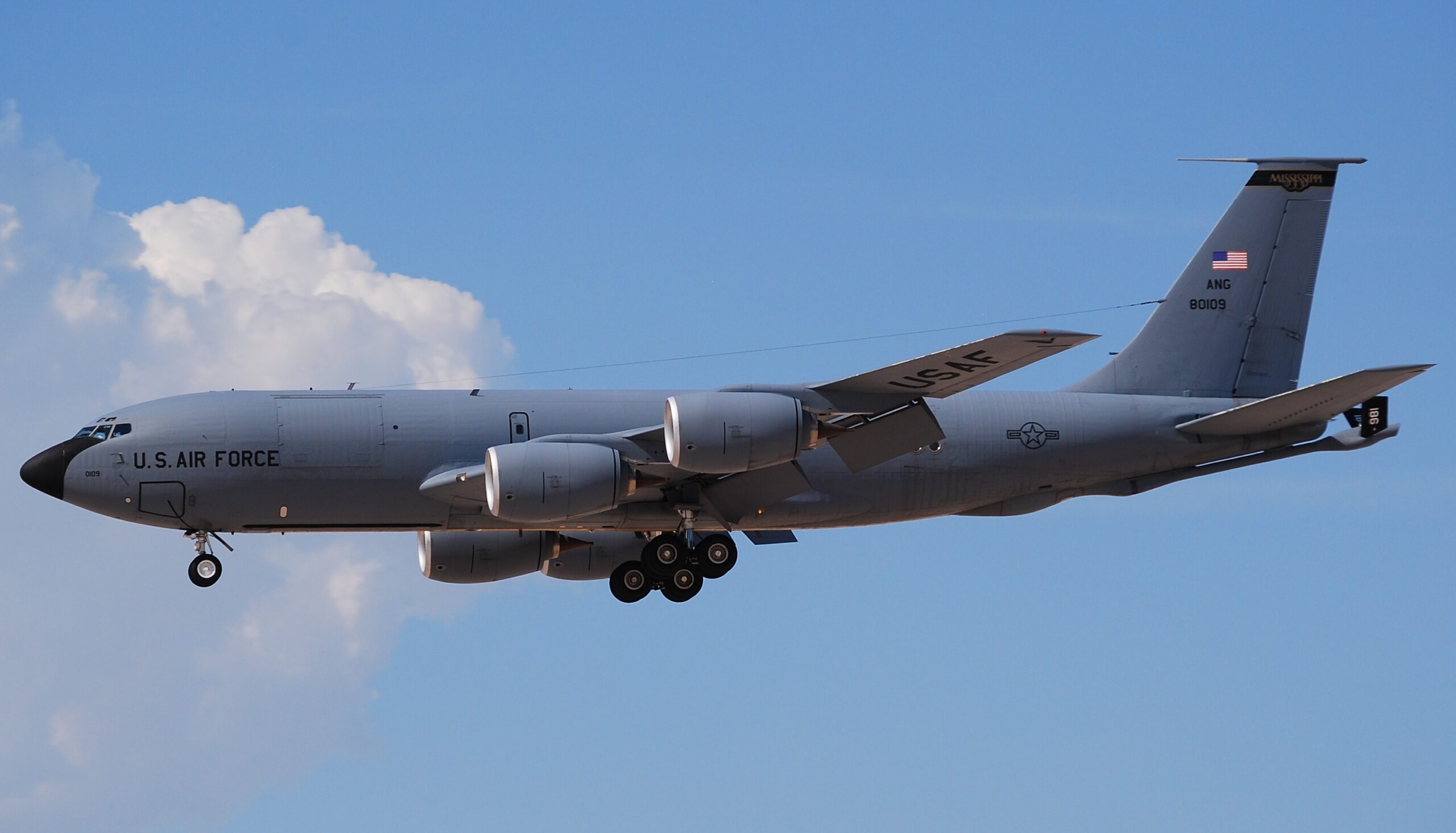
The idea came to name the aircraft “Southern Bell,” adding a bit more individuality to the jet, with a nod to its previous assignment, with the 186th Air Refueling Wing of the Mississippi Air National Guard.
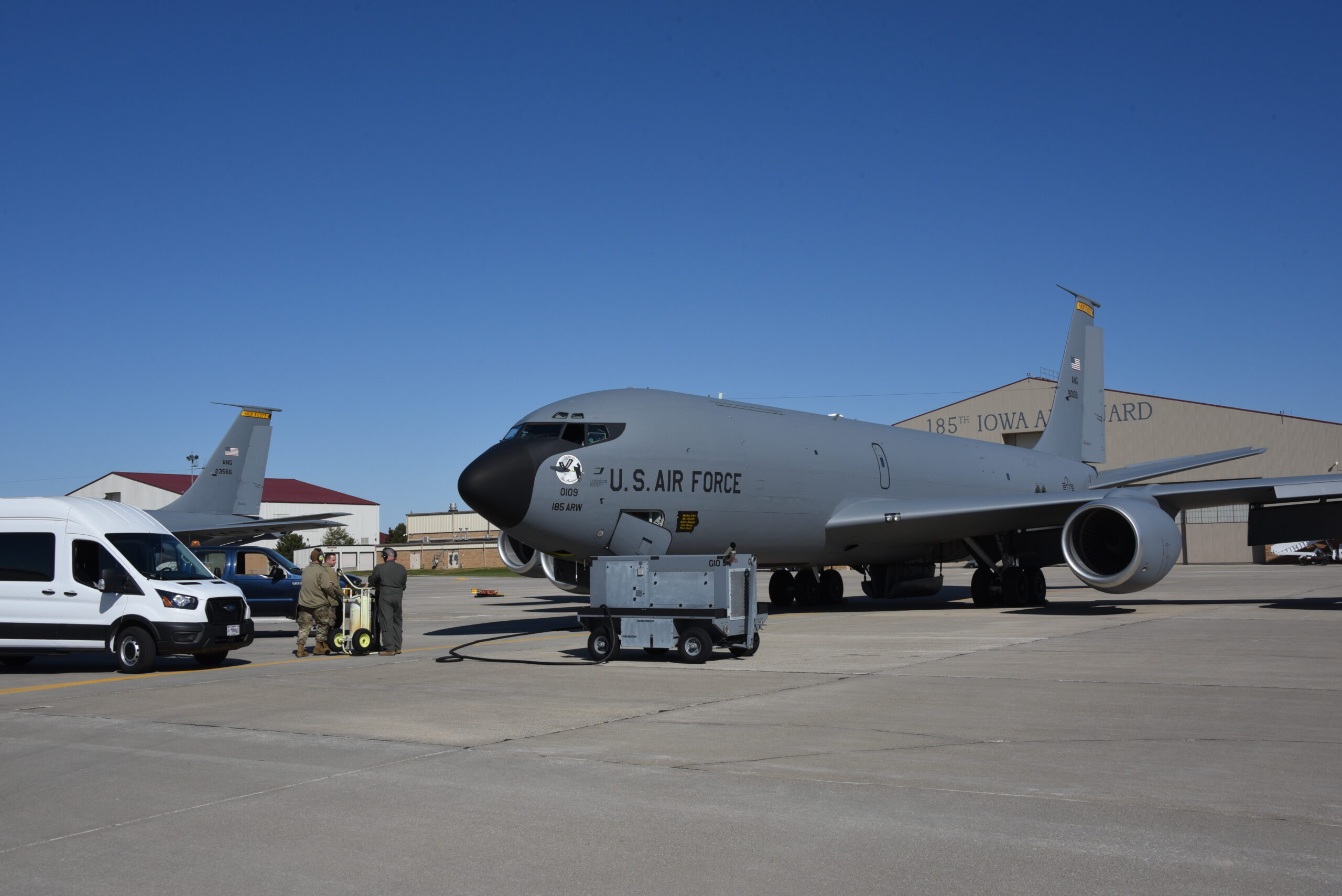
Soon, however, maintainers from the Mississippi unit recounted a tale about 109 that led to its current name being chosen.
The story went like this.
Late one evening, at the 186th’s home station of Meridian, the crew chiefs were called to the flight line to fix a problem on 109. The jet’s two auxiliary power units — APUs, small turbojets used to provide power to run the electrical systems — had both started up, for unexplained reasons, on the otherwise deserted flight line. The mysterious phenomenon was first noted by security forces at the base, according to the legend.
A video shows the inlet/exhaust door actuator and linkages during the APU start-up procedure on a KC-135:

The fact that the KC-135 has two APUs to start with is somewhat unusual in itself. It is a throwback to the jet’s vital Cold War role supporting Strategic Air Command nuclear bombers, which required rapid launch (including simultaneous starts on multiple engines) as well as added redundancy to ensure reliability in what was — and remains — a vital mission.

The logical conclusion, of course, was that 109 was haunted. The story soon passed into folklore at Meridian and maintainers there shared it with the jet’s new owners in Iowa.
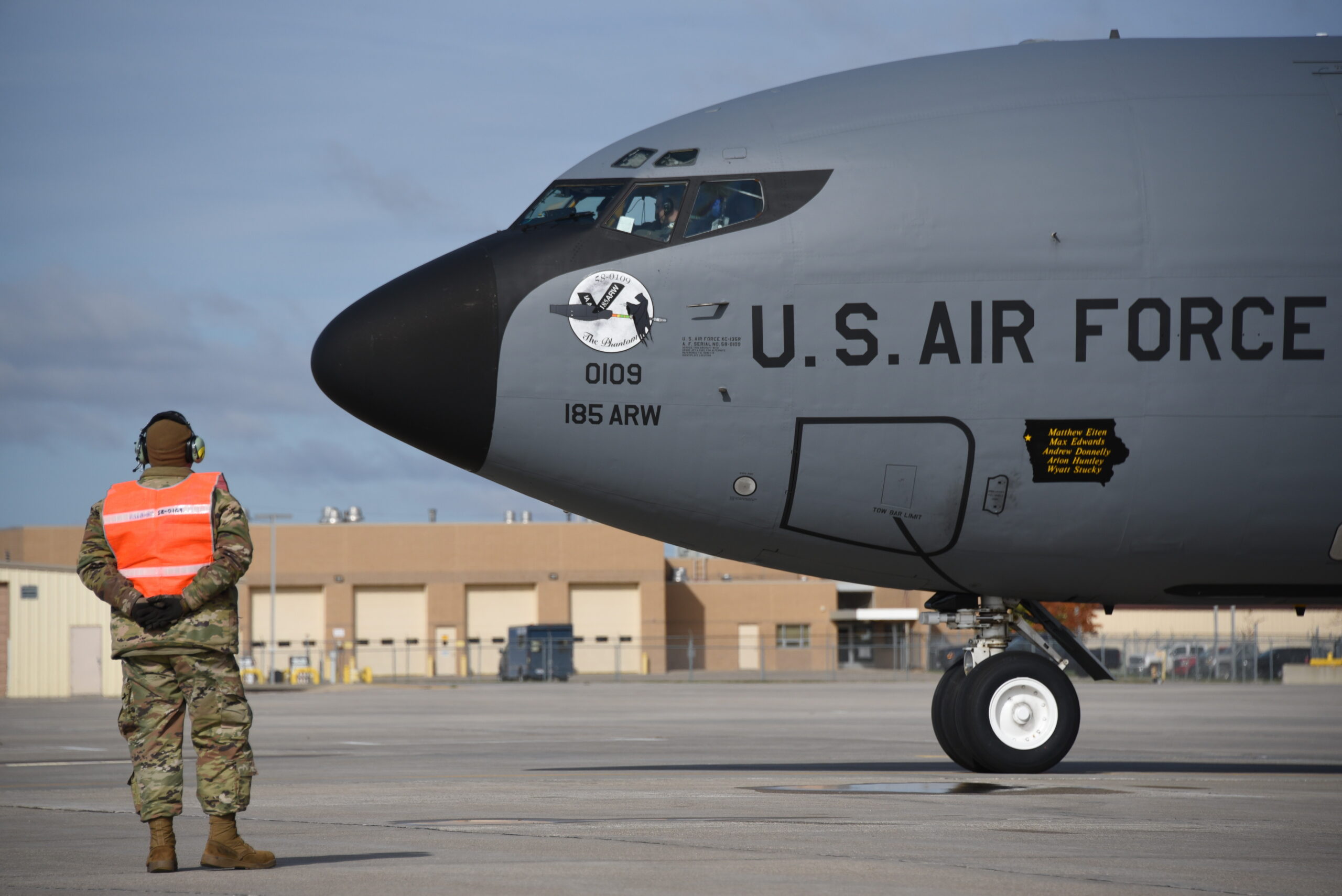
Among those intrigued by the tale was Senior Master Sgt. Lance Larson, one of the first crew chiefs now responsible for the jet at Sioux City.
However, when Larson looked deeper into the legend, things were not all as they seemed.
Whether a prank on behalf of his compatriots on Meridian, or a simple case of mistaken identity, Larson discovered that the haunted jet in the story was not 109 after all.
According to 186th ARW Command Chief, Darren McMullen, the real haunted Stratotanker was tail number 58-0004. McMullen also confirmed that the APUs really did mysteriously start up one night, and the crew chiefs went out to the line to fix the issue. Exactly when the incident happened doesn’t seem to have been recorded, however.
Stratotanker tail number 58-0004 seen in two different color schemes, typical of its service in the 1960s and 1980s:
So what became of 58-0004? This aircraft is also still in service, albeit with the 117th Air Refueling Wing in Birmingham, Alabama.
This leaves the 185th Air Refueling Wing of the Iowa Air Guard with a tanker named The Phantom, but one whose credentials don’t quite match up with the backstory.
For the superstitious among the unit, that may well be a good thing. At the very least, the 185th is in possession of a jet with some unique nose art, something that is always good for a morale boost — especially around October 31.
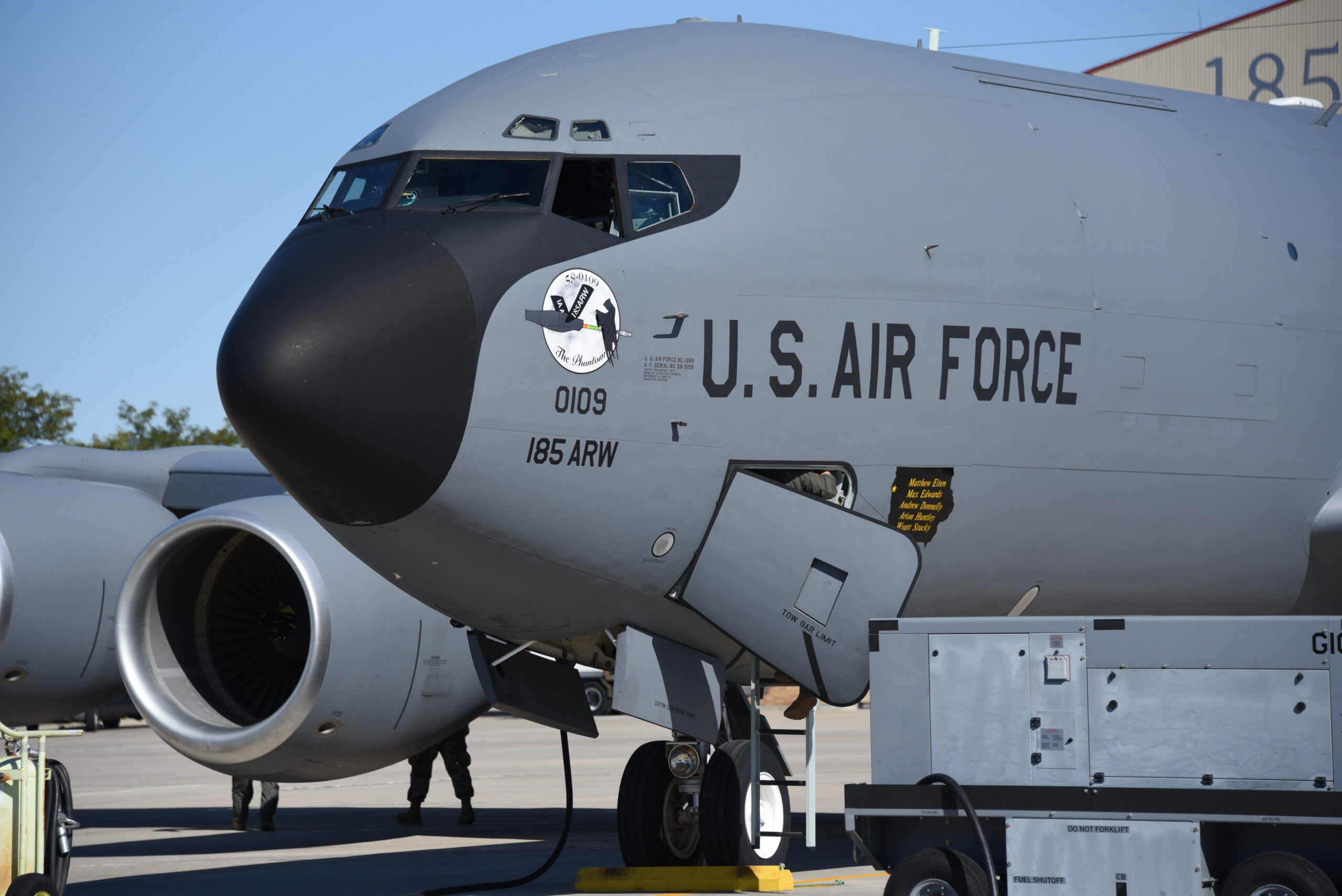
No doubt there are more KC-135s out there with their own stories attached. After all, these are among the oldest airframes still operated by the U.S. military, so successive generations of maintainers have had plenty of time to develop their own folklore around them.
With the Air Force’s ongoing travails in revamping its increasingly aging tanker fleet, KC-135s like The Phantom are set to fly for a while longer, too.
As we have discussed in the past, the Air Force is slowly divesting its KC-135 fleet and has received 82 new-generation KC-46A Pegasus tankers as of March this year. Under existing contracts, the Air Force plans to acquire a total of 179 Pegasus tankers, while continuing the process of retiring its entire fleet of KC-10A Extenders.

To help make up the numbers, the KC-135 Recapitalization effort should see the service add 75 more tankers. With the recent withdrawal of Lockheed Martin and its U.S. version of the popular Airbus A330 Multi-Role Tanker Transport (MRTT) from that requirement, it looks very likely that those 75 aircraft may take the form of more KC-46s. Regardless, the Air Force will not be able to replace its older tankers on a one-for-one basis.
Lockheed Martin now says it will refocus its efforts on other opportunities, including a design to meet the Air Force’s demands for an advanced next-generation tanker, something that could look radically different from anything that has come before it.
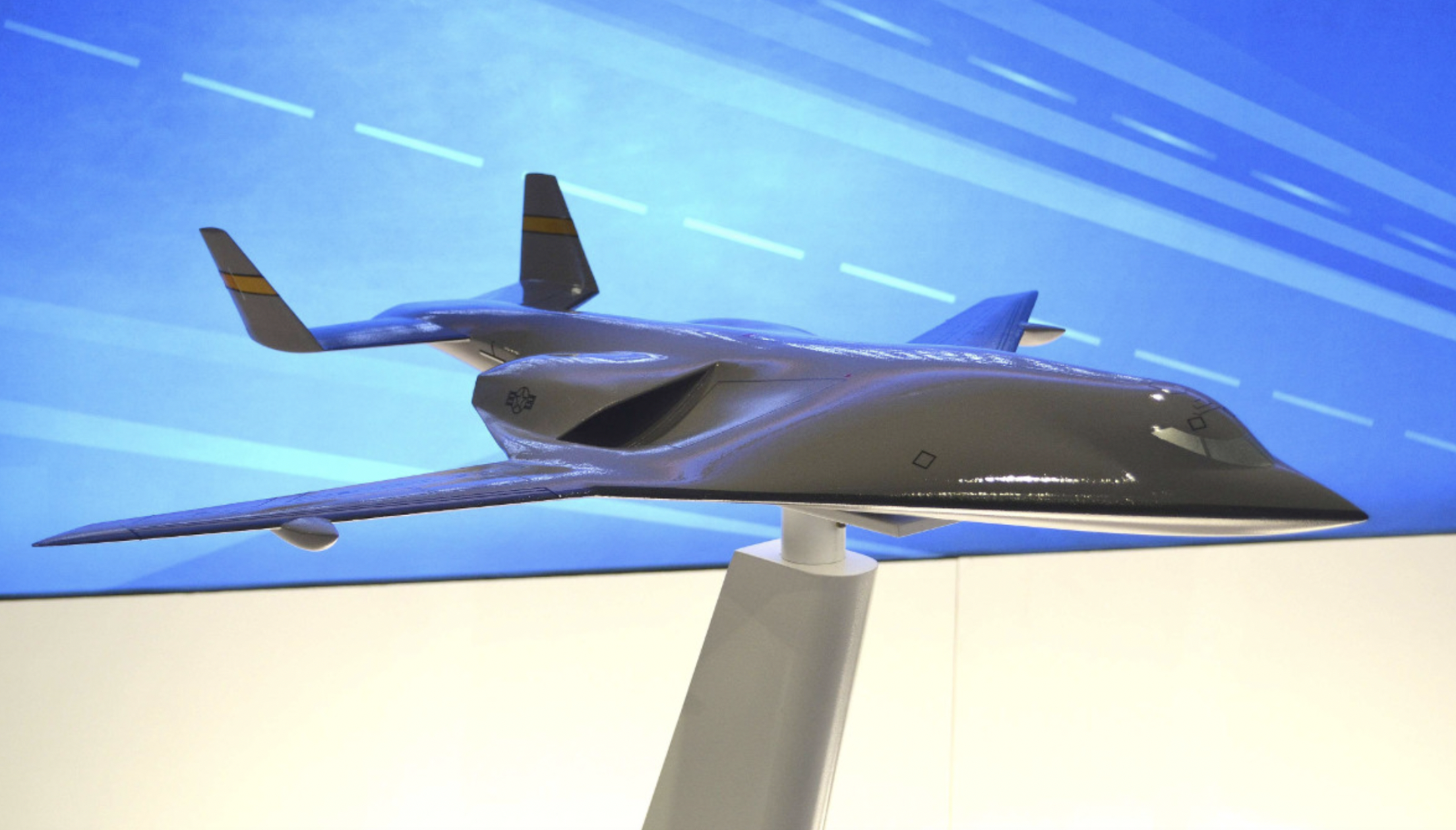
At the same time, the veteran KC-135 is increasingly being eyed for new kinds of roles, beyond delivering gas. Air Mobility Command is exploring a concept that could see KC-135s being adapted to launch up to 100 commercial-of-the-shelf drones, for use as decoys and remote sensors, and many other duties besides. Stratotankers are also being outfitted with new networking capabilities, like the Real-Time Information in the Cockpit (RTIC) system, which further helps them link together with crewed and uncrewed platforms.
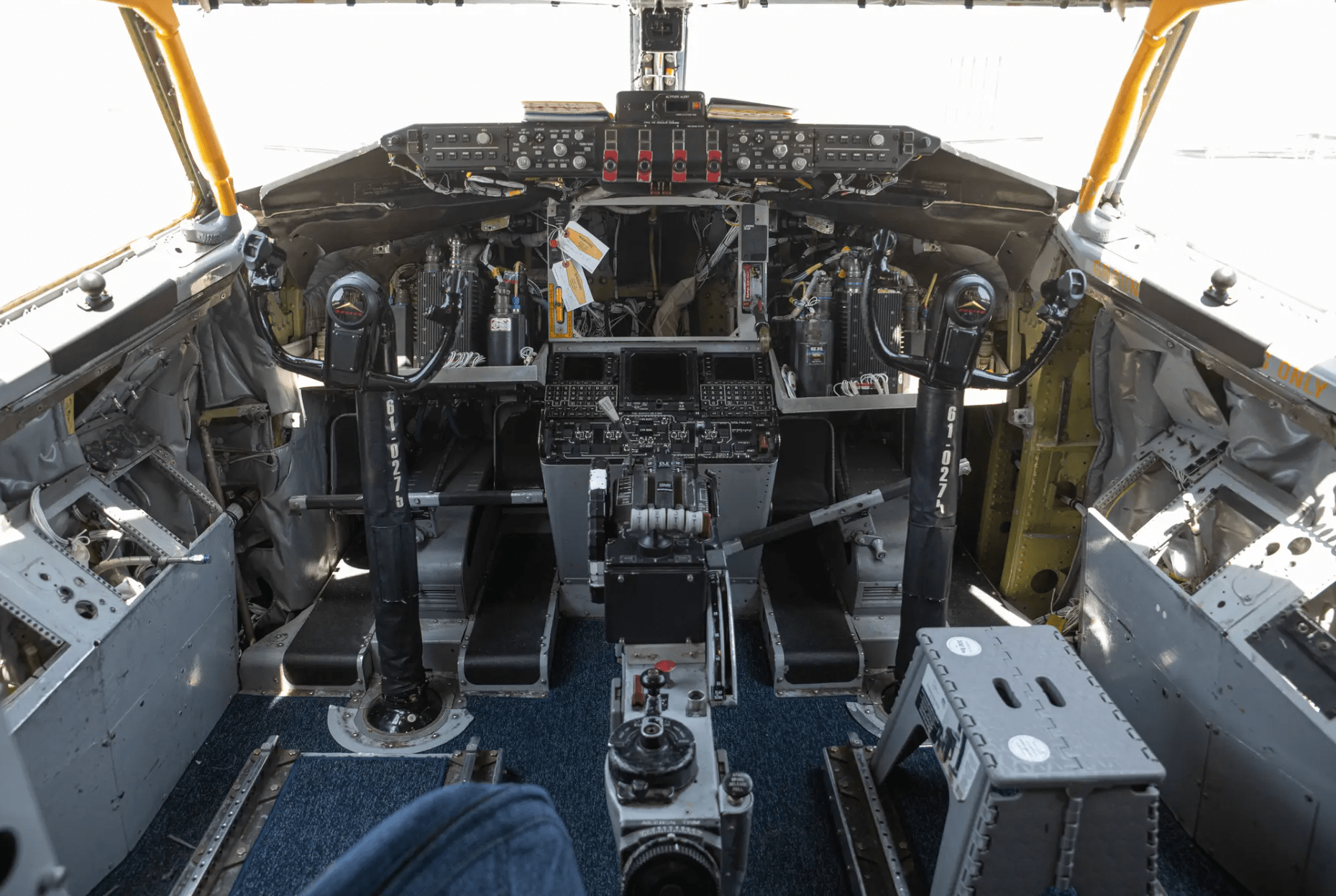
Ironically, of course, all this upheaval comes as the demand for aerial refueling capacity grows, with long-standing concerns from senior U.S. officials about potential tanker shortages. There have been reported discussions about the possibility of slowing the pace of KC-135 retirements to help address those issues. Privately operated Stratotankers could also play a role in helping meet these demands.
While tail number 58-0109 may be adorned with an image of one of the undead, this Stratotanker, and others like it, remains very much alive and active as a critical part of the U.S. Air Force enterprise.
Contact the author: thomas@thedrive.com
